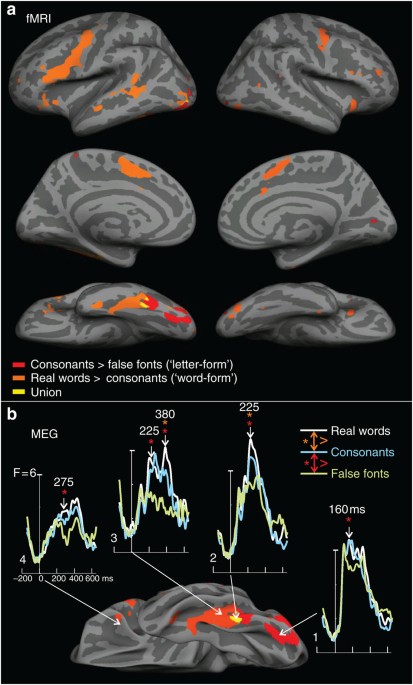- Select a language for the TTS:
- UK English Female
- UK English Male
- US English Female
- US English Male
- Australian Female
- Australian Male
- Language selected: (auto detect) - EN
Play all audios:
Access through your institution Buy or subscribe Olds _et al._1 recently described the trends in the prevalence of overweight and obesity from 1985 to 2008 from a meta-analysis of 41 studies
conducted in Australian children and adolescents. They showed that the increase in the prevalence of overweight and obesity among Australian children has slowed and plateaued over the past
10 years. Olds _et al._1 reported that the findings were consistent with several recent reports from Australia, Sweden, France, the United States and New Zealand. They failed, however, to
comment on a unique study conducted on over half a million male adolescents aged 18 years from Sweden.2 In that study, Neovius _et al._2 observed that severe/morbid obesity (body mass index
(BMI)⩾35 kg m−2; hereinafter called morbid obesity, following the terminology used by Neovius _et al._) increased faster than moderate obesity (BMI=30.0–34.9 kg m−2) during the last 35 years
(period studied 1969–2005). Unfortunately, these interesting analyses have never been replicated, probably because of the fact that the prevalence of morbid obesity in young people is
rather low, and consequently large sample sizes are need to address this question. As Olds _et al._1 have managed to put together raw data on BMI from 70 758 Australian young people, we
encourage the authors to conduct additional analyses to further understand whether the trends reported by Neovius _et al._2 are the same in other cohorts. The authors made a first attempt to
address this question by examining the mean BMI values within weight-status groups. They observed no increase in mean BMI in the obese group; however, it is possible that increases in the
high section of the BMI spectrum could be balanced by decreases in the low section of the spectrum, resulting in similar mean BMI values. Neovius _et al._2 used the International BMI cutoffs
for adult population (BMI⩾35 kg m−2), as their sample was aged 18 years; yet, this cutoff cannot be applied to Olds _et al._'s population (aged 2–18 years). As there are no
international sex- and age-specific BMI cutoffs available to define morbid obesity in children and adolescents, other statistical approaches should be explored. The prevalence of obesity was
similar in both studies (ranging from 1–2% to 5–6%).1, 2 Neovius _et al._2 observed that the percentage of morbid obese participants ranged from 0.1 to 1.3%. Taking an arbitrary averaged
percentage of 0.5%, a sex- and age-specific 95th percentile could be used to define morbid obesity; yet, sensitivity analysis should be conducted. A figure plotting the BMI values
corresponding to the sex- and age-specific 99.5th percentile (_y_ axis) from the first to the last examination year (_x_ axis) will provide information on whether the prevalence of morbid
obesity has increased in Australian children and adolescents over the past years. We are aware that the sample sizes representing the morbid obese group will be small (that is, 70 758 ×
0.005=354, a number that should be further divided by examination-year surveys). As the health risks and costs of obesity-related morbidity increase disproportionately with morbid obesity,
it is important to assess morbid obesity in prevalence studies, and the present Australian study provides a good opportunity to do so. This is a preview of subscription content, access via
your institution ACCESS OPTIONS Access through your institution Subscribe to this journal Receive 12 print issues and online access $259.00 per year only $21.58 per issue Learn more Buy this
article * Purchase on SpringerLink * Instant access to full article PDF Buy now Prices may be subject to local taxes which are calculated during checkout ADDITIONAL ACCESS OPTIONS: * Log in
* Learn about institutional subscriptions * Read our FAQs * Contact customer support REFERENCES * Olds TS, Tomkinson GR, Ferrar KE, Maher CA . Trends in the prevalence of childhood
overweight and obesity in Australia between 1985 and 2008. _Int J Obes (Lond)_ 2010; 34: 57–66. Article CAS Google Scholar * Neovius M, Teixeira-Pinto A, Rasmussen F . Shift in the
composition of obesity in young adult men in Sweden over a third of a century. _Int J Obes (Lond)_ 2008; 32: 832–836. Article CAS Google Scholar Download references AUTHOR INFORMATION
AUTHORS AND AFFILIATIONS * Department of Biosciences and Nutrition, Unit for Preventive Nutrition, Karolinska Institutet, Huddinge, Sweden F B Ortega, J R Ruiz & I Labayen * Department
of Physiology, School of Medicine, University of Granada, Granada, Spain F B Ortega * Department of Physical Education and Sport, School of Physical Activity and Sport Sciences, University
of Granada, Granada, Spain J R Ruiz * Department of Nutrition and Food Science, University of the Basque Country, Vitoria, Spain I Labayen Authors * F B Ortega View author publications You
can also search for this author inPubMed Google Scholar * J R Ruiz View author publications You can also search for this author inPubMed Google Scholar * I Labayen View author publications
You can also search for this author inPubMed Google Scholar CORRESPONDING AUTHOR Correspondence to F B Ortega. ETHICS DECLARATIONS COMPETING INTERESTS The authors declare no conflict of
interest. RIGHTS AND PERMISSIONS Reprints and permissions ABOUT THIS ARTICLE CITE THIS ARTICLE Ortega, F., Ruiz, J. & Labayen, I. Trends in the prevalence of morbid obesity in Australian
children and adolescents from 1985 to 2008: what do we know about?. _Int J Obes_ 35, 1331 (2011). https://doi.org/10.1038/ijo.2011.127 Download citation * Published: 28 June 2011 * Issue
Date: October 2011 * DOI: https://doi.org/10.1038/ijo.2011.127 SHARE THIS ARTICLE Anyone you share the following link with will be able to read this content: Get shareable link Sorry, a
shareable link is not currently available for this article. Copy to clipboard Provided by the Springer Nature SharedIt content-sharing initiative









